WSIS Action Line C7 E-environment
United Nations Environment Programme, World Meteorological Organization, International Telecommunication Union
Session 392
Co-designing the environmental dimensions of WSIS +20
Since the adoption of the WSIS framework, significant developments have shaped the digital and environmental landscapes:
Widespread adoption of digital tools and emergence of advanced technologies; Evolution of International Environmental Agreements; Rise of national and regional Digital Transformation Strategies.
Based on the above, the session aims to reflect on two decades of progress under Action Line C7 on e-environment by sharing practical experiences and policy innovations from Member States and Stakeholders and present a forward-looking vision for this Action Line under the WSIS+20.
This event will also serve as a critical platform to define a future vision on the environmental dimensions of global digital governance, with a specific focus on elaborating new outcomes and indicators linked to each of the Goals of Action line C7 on e-environment.



.jpg?maxwidth=250)


-
 C7. ICT applications: benefits in all aspects of life — E-environment
C7. ICT applications: benefits in all aspects of life — E-environment
This session is related the the WSIS Action Lince C7 on e-environment.
-
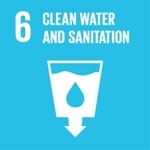 Goal 6: Ensure access to water and sanitation for all
Goal 6: Ensure access to water and sanitation for all
-
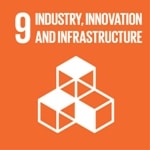 Goal 9: Build resilient infrastructure, promote sustainable industrialization and foster innovation
Goal 9: Build resilient infrastructure, promote sustainable industrialization and foster innovation
-
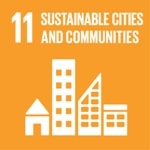 Goal 11: Make cities inclusive, safe, resilient and sustainable
Goal 11: Make cities inclusive, safe, resilient and sustainable
-
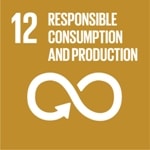 Goal 12: Ensure sustainable consumption and production patterns
Goal 12: Ensure sustainable consumption and production patterns
-
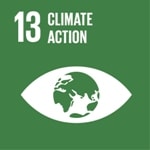 Goal 13: Take urgent action to combat climate change and its impacts
Goal 13: Take urgent action to combat climate change and its impacts
Action Line C7 – e-environment is a critical enabler of sustainable development. It integrates ICTs into environmental protection and resilience efforts, making it essential for monitoring, managing, and achieving the 2030 Agenda for Sustainable Development.